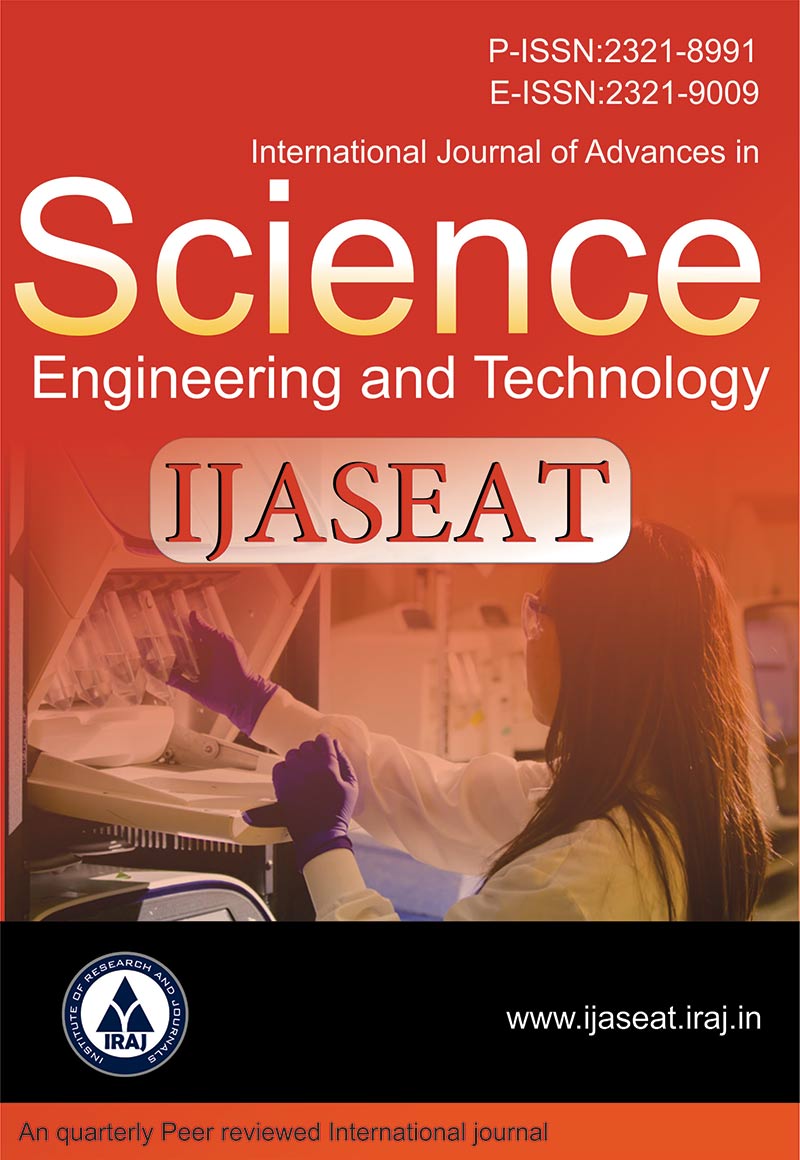Publish In |
International Journal of Advances in Science, Engineering and Technology(IJASEAT)-IJASEAT |
 Journal Home Volume Issue |
||||||||
Issue |
Volume-7,Issue-3 ( Jul, 2019 ) | |||||||||
Paper Title |
Prospects for the use of Three-Component Liquid Rocket Engines | |||||||||
Author Name |
D.M. Kalmanova, A.E. Zhakupova, Z.M. Ramazanova, Z.Z. Shaimerden | |||||||||
Affilition |
Candidate of Pedagogical Sciences, Senior Lecturer of the Department "Space Engineering and Technologies" of the Physical-Technical Faculty of the Eurasian National University by L.N. Gumilev, Astana, Kazakhstan Candidate of Technical Sciences, Senior Lecturer of the Department "Space Engineering and Technologies" of the Physical- Technical Faculty of the Eurasian National University by L.N. Gumilev, Astana, Kazakhstan Candidate of Chemical Sciences, Head of the Space Monitoring Cente, “Na | |||||||||
Pages |
73-75 | |||||||||
Abstract |
This paper discusses theoretical calculations of the use of a three-component model liquid rocket engine (LRE) In the study, we focus on the test phases of the LRE. It is known that engines experience strong tangential and radial oscillatory modes more often than longitudinal ones. To simulate this behavior, tangential and radial waves are superimposed on the basic model of the mean flow, which consists of a constant uniform axial velocity throughout the chamber by using perturbation tools, potential equations and viscous flow. While a potential flow analysis does not predict any acoustic flow effects, a viscous solution made in the second order results in the stability of the secondary flow model next to the bastion. These axisymmetric, stable contributions to tangential and radial traveling waves are induced by the movement of a convective flow through interactions with inertial forces. In this paper we will consider the prospects of three-component liquid rocket engines. Keywords - Liquid Rocket Engine, Cryogenic Temperature, Natural Gas Liquids, Rocket Fuel Burning Rate, Diagnostics, Cooling System. | |||||||||
| View Paper | ||||||||||